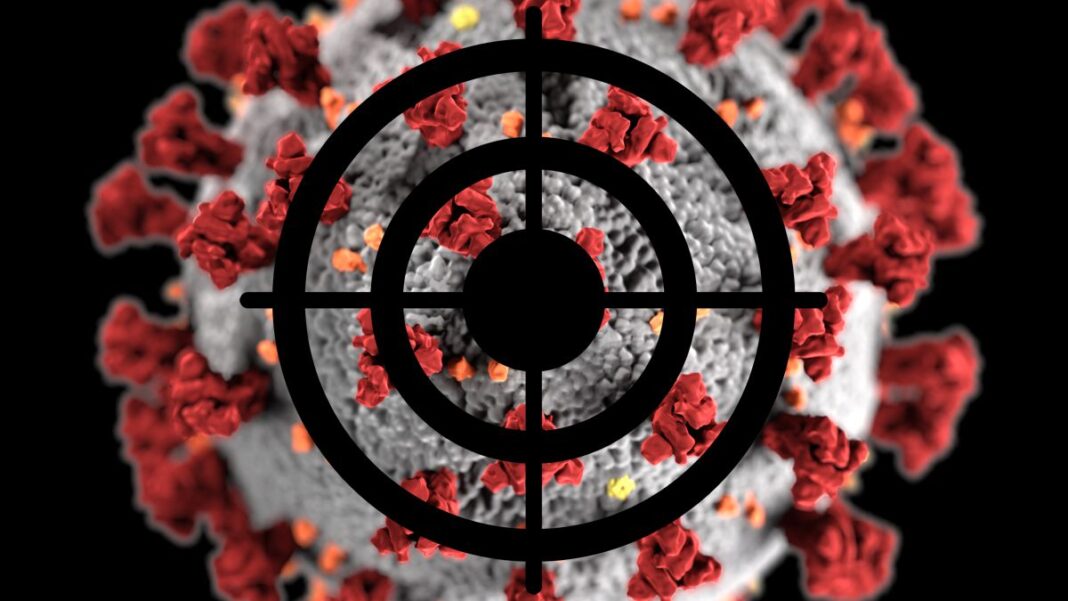Humans appear to be fighting a never-ending battle against COVID-19 using vaccines that have so far been ineffective against the constantly mutating variants.
Health Viewpoints
Since the unprecedented COVID-19 global pandemic that started in January 2020, humans have been in a constant battle with the SARS-CoV-2 virus.
A series of vaccine versions have been developed and administered globally, beginning in January 2021 when an mRNA vaccine based on the original Wuhan strain was implemented. Subsequently, a bivalent mRNA vaccine was developed based on the Omicron offspring. Currently, the most updated version is based on XBB.1.5 and is ready to be injected into people’s arms.
Bivalent vaccines contain two different components. One component is to protect us against the original viral strain, while the other targets the most recent variants.
The vaccine is based on the gene code of a known virus, whereas the lead time for vaccine development normally takes an average of 10 years. Even with the current “green-light” policies for COVID-19 vaccines, it takes almost one year for the first generation to launch and a couple of months for the second and third generations.
However, due to the basic survival skills of SARS-CoV-2, the virus is always mutating in order to escape from a vaccine. Even before a vaccine is ready to launch, there are always a few mutants that have already found a way to escape from the antibodies induced by the sluggish vaccine, creating the next wave.
Regardless, the unprecedented speed of vaccine development won’t be able to compete with the speed of viral mutation, as the virus is always taking the lead and will be one step ahead of the vaccine.
This is why even the top scientists cannot predict how the virus will mutate and when the next wave will occur.
SARS-CoV-2 Variants
From 2020 to early 2021, a number of major SARS-CoV-2 variants have appeared: Alpha (B.1.1.7), Beta (B.1.351), Gamma(P.1), and Delta (B.1.617.2).
Not including those old variants, once Omicron (B.1.1.529) was first reported in South Africa in November 2021, it quickly evolved into a few sister lineages: BA.1, BA.2, BA.4, BA.5, XBB.1.5, EG.5, and HV.1, which each took the stage, one after the other within an interval of a couple of months.
By Yuhong Dong








